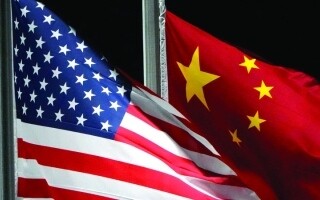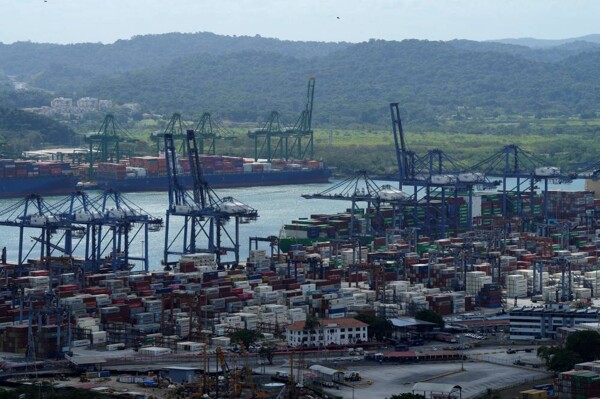
The increase in trust towards Chinese companies and consumer rights was recently suggested by China, hinting at several measures. Recently, it was announced that a high-level public meeting was held by the Chinese president Xi Jinping with leaders of major private companies. This was an attempt by the president to attract the private sector to the country after many years of state pressure on it.
In recent months, a series of actions by the Chinese government have been observed that could explain why some believe that the economic incentives announced at the sessions of the National Congress do not correspond to expectations. Although the government promised to allow an increase in the budget deficit this year to 4% of GDP, compared to 3% last year, it has not suggested actions capable of substantially increasing the level of trust in companies and consumers.
According to David Lobbins, there are two key factors that reduce Beijing's desire to adopt necessary measures to stimulate the economy. At the last annual sessions of the National Congress, the Chinese government committed not to allow a drop in the economic growth rate this year below the level of last year, which is around 5% of GDP.
Although a 5% growth rate may seem insignificant, the economic situation in China is equally convincing, more than this indicator might suggest, and it is unlikely that the demand from consumers in China will be sufficiently rejuvenated to increase imports from other countries. In his analysis for the Royal Institute of International Affairs, British researcher David Lobbins highlights that 'the main problem lies in the fact that Chinese policy will continue to ensure the preservation of large trade surpluses for the second largest economy in the world. This means that the world is faced with a struggle (of a revenue-focused approach), also known as mercantilism, which flourished in Europe between the beginning of the 16th and mid-18th centuries, and when trade profits stood first over any other considerations, neither China nor the USA during Trump’s presidency seek to become the last consumer sanctuary of the world.
Despite the declining trust of Chinese consumers and companies in recent years, indicators of the recovery of the Chinese economy have emerged in recent months. The first of these indicators is the resolution of the worst stage of the crisis in the real estate market in China. This has been partially achieved due to new efforts over the past six months due to increased attractiveness of real estate amidst the decrease in rates on mortgage financing, a reduction in initial deposits for real estate purchases, a relaxation of limits on ownership, and support from state companies involved in the development of real estate. The second indicator is the growth in sales of different products, especially household appliances, thanks to the support of the government in replacing old technology with new.
On the other hand, the US president, Donald Trump, is striving to reduce the US trade deficit in favor. The first reason consists of the difficulty of predicting the policy and decisions of Trump. Exports to China are currently subject to tariffs of up to 30%, since Trump raised them by 10% each time since taking office on January 20 of last year. Likely, antagonistic measures from China increase, especially in connection with the capital movement between countries in the aftermath of Trump’s introduced policy 'America First,' aimed at preventing the outflow of investments from the USA and directing foreign investments back to them.
The second factor, which hinders China’s desire to take more serious measures for economic stimulation, is what is called 'public budget labor,' since the total state debt is approaching 100% of GDP, and authorities are increasingly inclined to increase this debt out of fear of possible financial shocks that could threaten national security. This could lead to an increase in the sales growth rate to around 4% by the end of 2024, which still represents a new level, but is better than the extremely low growth rates of 2% to 3%, which were noted last summer. This improvement is justified by the enhanced efforts of Chinese legislators to revitalize the economy.













